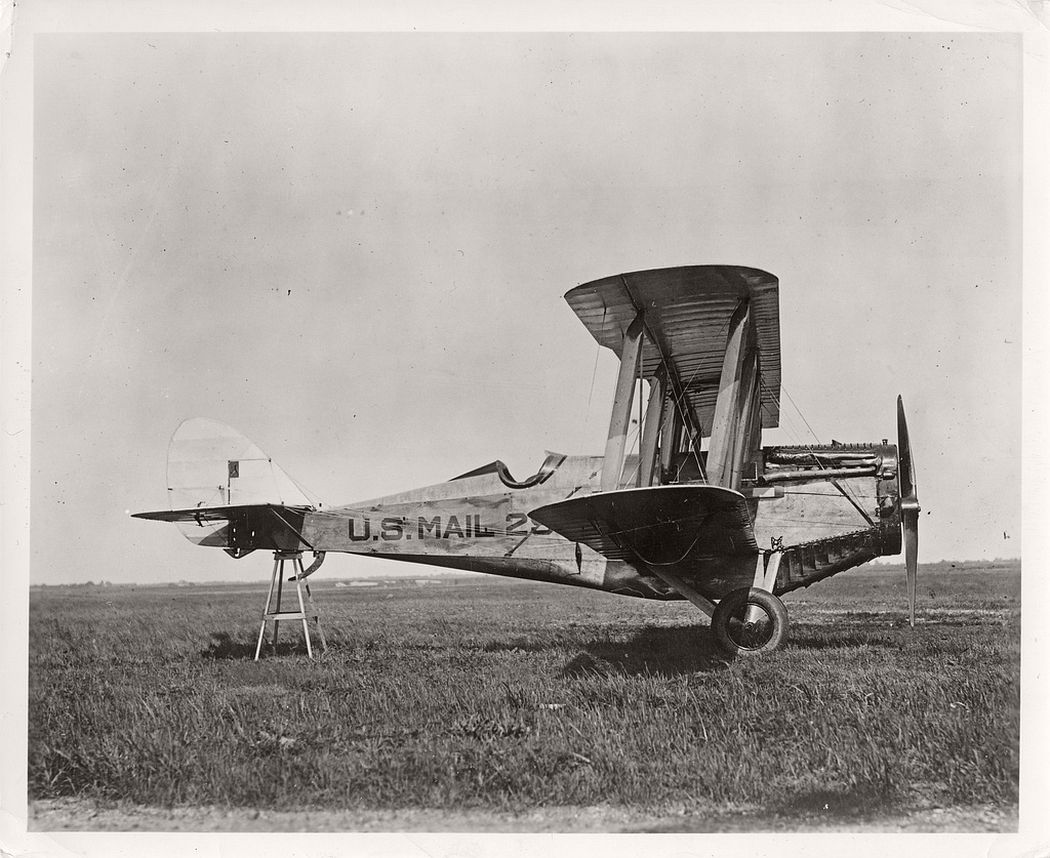

At odds with his superiors when they insisted that flights be carried out during extremely bad weather, Lipsner resigned in 1920. He hired its first pilots, selected all early air routes, and supervised the initial acquisition of planes. He was responsible for managing the fledgling flying service. Lipsner was the nation's first Superintendent of Airmail Service. In 1925 the Post Office began contracting with private airlines. However, once the Post Office established a strong economic foundation for commercial aviation through air mail, it turned over delivery to private airlines. Despite the odds, a handful of daring pilots rose to the challenge. Postal Office set up air mail routes, flying them first with pilots from the Army, and then their own.

In all, 32 pilots were lost, including four who died when their planes caught fire in flight, thirteen who were killed when their planes crashed into obstacles, and ten who perished when their planes burst into flames while making emergency landings.

The Museum's airmail exhibit, Airmail in America, highlights the contributions of the daredevil civilian pilots who risked their lives to fly the mail. This attitude did little to improve the image of the Airmail Service, which at that time was considered little more than a "Suicide Club" for flyers. Scott Catalog C6 with a catalog value of 43. Neither snow, nor fog, nor winds, nor torrential rains were expected to delay them in the swift completion of their flights. Postal officials insisted that these early airmail pilots take off despite poor flying conditions. On the average, airmail pilots had a life span of only about 900 flying hours. During the nine years the Post Office Department operated the Airmail Service, there were more than 6,500 forced landings.


 0 kommentar(er)
0 kommentar(er)
